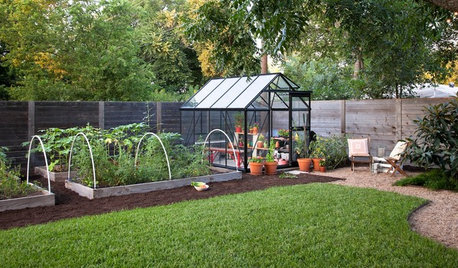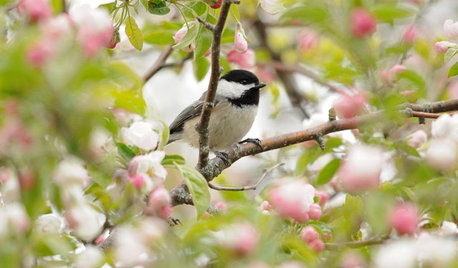feeding worms LOTS of cardboard
joefalco
18 years ago
Featured Answer
Sort by:Oldest
Comments (22)
garnetmoth
18 years agolast modified: 9 years agoRelated Professionals
Reading Landscape Architects & Landscape Designers · Burlington Landscape Contractors · Beachwood Landscape Contractors · Camp Verde Landscape Contractors · East Chicago Landscape Contractors · El Sobrante Landscape Contractors · Placerville Landscape Contractors · West Chicago Landscape Contractors · Bryn Mawr-Skyway General Contractors · Gloucester City General Contractors · Lincoln General Contractors · Livermore General Contractors · Martinsville General Contractors · McPherson General Contractors · Westminster General Contractorsgarnetmoth
18 years agolast modified: 9 years agoPuraVida
18 years agolast modified: 9 years agobillr12
18 years agolast modified: 9 years agojason_mackenna
18 years agolast modified: 9 years agogarnetmoth
18 years agolast modified: 9 years agonewbie314
18 years agolast modified: 9 years agoKelly_Slocum
18 years agolast modified: 9 years agojoefalco
18 years agolast modified: 9 years agobillr12
18 years agolast modified: 9 years agobillylee258
10 years agolast modified: 9 years agohummersteve
10 years agolast modified: 9 years agochuckiebtoo
10 years agolast modified: 9 years agoequinoxequinox
10 years agolast modified: 9 years agoweedlady
10 years agolast modified: 9 years agosbryce_gw
10 years agolast modified: 9 years agomendopete
10 years agolast modified: 9 years agoequinoxequinox
10 years agolast modified: 9 years agoBluButterfly323
10 years agolast modified: 9 years agoBluButterfly323
10 years agolast modified: 9 years agohummersteve
8 years ago
Related Stories

INSPIRING GARDENSFrom Concrete Lot to Gracious Organic Garden in Seattle
Plants, pests and even weeds have a place in this landscape, which offers an edible bounty and a feast for the eyes
Full Story
GARDENING GUIDESHouzz TV: Make a Worm Bin for Rich Soil and Happy Plants
A worm-powered compost bin that can fit under a sink turns food scraps into a powerful amendment for your garden. Here’s how to make one
Full Story
EDIBLE GARDENSA Formerly Weedy Lot Now Brims With Edibles and Honeybees
Photographers transform their barren backyard into an oasis filled with fruit, vegetables, honey, eggs and more
Full Story
FARM YOUR YARDHow to Get Good Soil for Your Edible Garden
The nutrients in your soil feed the plants that feed you. Here are tips on getting it right — just in time for planting season
Full Story
LANDSCAPE DESIGN10 Ways to Make Your Landscape More Environmentally Friendly
From creating wildlife highways to planting pretty pollinators, there are lots of simple ways to be green in the garden
Full Story
WINTER GARDENING10 Native Wildflowers to Beautify Your Winter Garden
They stand strong in wind, feed wildlife and are easy to grow. But you may want to add these plants for their looks alone
Full Story
GARDENING GUIDESLush, Foodie Abundance in a Small Urban Garden
This modest backyard garden provides its owner with fruit and vegetables all year round, thanks to an innovative low-maintenance approach
Full Story
GARDENING GUIDESGarden Myths to Debunk as You Dig This Fall and Rest Over Winter
Termites hate wood mulch, don’t amend soil for trees, avoid gravel in planters — and more nuggets of garden wisdom
Full Story
GARDENING FOR BUTTERFLIESBe a Butterfly Savior — Garden for the Monarchs
Keep hope, beauty and kindness alive in the landscape by providing a refuge for these threatened enchanters
Full Story
PETSSo You Want to Get a Cat
If you're a cat lover, the joys outweigh any other issue. If you haven't lived with one yet, here are a few things to know
Full StorySponsored
More Discussions






jason_mackenna